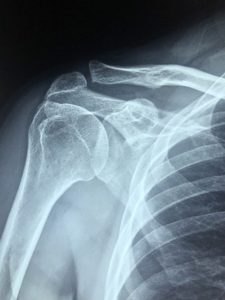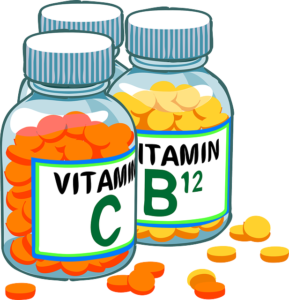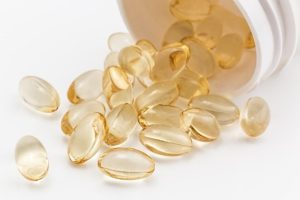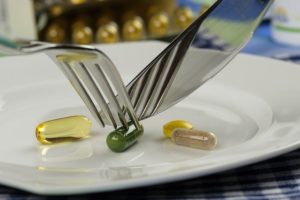The pain relieving expert opens his treasure chest again and gives advice on autoimmune diseases and vitamin D3 supplementation. Because that is supposed to help, they say. Well, let’s take a look at that. Roll up your sleeves and let’s go.
Autoimmune diseases are chronic inflammatory diseases in the course of which the body’s own immune system mistakenly attacks its own cells and organs – and no longer concentrates exclusively on harmful bacteria, viruses, etc.
Vitamin D deficiency can – (review from 2013) – impair self-tolerance in genetically predisposed persons and thus promote the development of autoimmune diseases. But can the intake of vitamin D actually improve the disease? There have been studies on multiple sclerosis and vitamin D3 for over 30 years.
Now it is getting interesting. Ready?
The first studies were done with low doses of vitamin D, which showed no effect. Only in recent years have there been studies in which higher doses of 7,000 to 14,000 IU of vitamin D per day were administered. However, these doses were usually not divided into daily doses, but e.g. 100,000 IU every 14 days or 20,000 IU every other day. But even then, success often failed to materialise. Why?
A standard D3 preparation usually has 1000 IU per capsule. At least in Ireland.
That would be 100 capsules every 14 days. Or 20 every 2 days. Scary, isn’t it? Who’s going to do that? And who’s going to pay for it? I’ll get to that later…
According to preventive physician Prof. Dr. Jörg Spitz, vitamin D resistance could also be a cause of autoimmune diseases, according to his summary from April 2021. Yes, but how? D3 is supposed to help, but if I have a resistance in my body, how is that supposed to help me? That the autoimmune disease itself prevents the much needed supplementation of D3 by itself.
Solution: Prof. Spitz applies the so-called “Coimbra Protocol” – a vitamin D intake regimen developed by the Brazilian neurologist Cicero G. Coimbra.
The first thing to do, however, is to have the vitamin D3 status checked. Logical, isn’t it?
The initial dose in the Coimbra protocol (I will only name 2) is :
– 1000 IU per kilogram of body weight for multiple sclerosis.
– 300 to 500 IU per kilogram of body weight for rheumatoid arthritis (rheumatism), systemic lupus, psoriatic arthritis, …..
This means: Too little D3 over too short a period of time does not bring the desired success. In any case, it is important to be monitored by a doctor during high-dose therapy to prevent possible side effects (e.g. hypercalcaemia).
In the case of hypercalcaemia, too much calcium is absorbed from the intestine into the bloodstream due to the vitamin D. This is why the calcium level is checked regularly. Therefore, the calcium level in the blood (serum) and urine is checked regularly. Hypercalcaemia is really uncool.
A low calcium diet is important in the Coimbra protocol to avoid calcium excess. Yes… you can’t have one without the other.
Vitamin K2… as a keyword.
To my Irish readers of this post. In other countries there are much cheaper D3 supplements, which are also much higher doses. So instead of 100 capsules of 1000 IU, how about 5 x 20,000 IU? That’s better, isn’t it? Still unsure?
Then ask me directly, so I can answer that. Do I take D3 myself? Of course you do. ![]() I use 10,000 IU every day. Now the question, what did I spend for it: 30€. Questions?
I use 10,000 IU every day. Now the question, what did I spend for it: 30€. Questions?
Stay strong.
Matti













